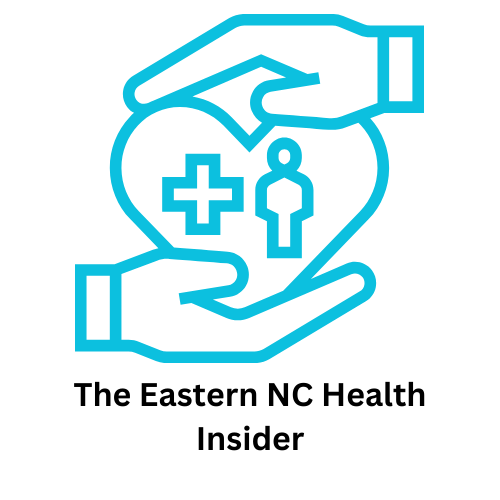
Understanding COPD: The Essentials
Chronic Obstructive Pulmonary Disease, or COPD, is often misunderstood, creating barriers to effective management and treatment. It primarily encompasses two major conditions: emphysema and chronic bronchitis, which impair lung function over time. For health-conscious individuals aged 35-55, understanding COPD is vital not only for personal health but also for fostering a supportive environment for family members who may be affected.
Debunking Myths: What You Need to Know About COPD
In the realm of health news, misinformation can be dangerous. Here are some prevalent myths regarding COPD that need debunking:
-
Myth 1: COPD Only Affects Smokers
While smoking is the leading cause of COPD, it can also affect non-smokers. Environmental factors such as long-term exposure to air pollution and occupational dust can contribute significantly. -
Myth 2: COPD is Only a Respiratory Disease
COPD affects the entire body, leading to symptoms like fatigue and depression, which can hinder quality of life. Recognizing these broader implications helps in managing the disease more holistically. -
Myth 3: Once Diagnosed, My Condition Won't Change
COPD is progressive, but its course can be modified with treatment and lifestyle adjustments. Early intervention and ongoing management can vastly improve symptoms and quality of life. -
Myth 4: COPD is Only an Old Person's Disease
While it is prevalent among older adults, younger individuals can also develop COPD due to various risk factors, including genetics. -
Myth 5: You Can’t Do Anything About COPD
With proper treatment plans, which may include medication and rehabilitation, individuals can manage their symptoms effectively. -
Myth 6: Supplemental Oxygen is Only for End-Stage COPD
Oxygen therapy can benefit many patients at different stages of the disease, improving overall health and energy levels. -
Myth 7: COPD Is a Death Sentence
Though chronic, COPD is manageable, and many people lead fulfilling lives through effective strategies.
Social Connections: Why Knowledge is Key
Understanding these myths fosters stronger support networks among families, particularly for those with loved ones suffering from COPD. Parents and individuals should strive to create an environment of awareness, reducing stigma and promoting conversations around this chronic illness. Knowledge can lead to better support and potentially enhance the emotional well-being of those affected.
Future Insights: Trends in COPD Management
As we look ahead, advancements in treatment and management strategies are promising. Emerging technologies in telehealth are paving the way for more personalized care, making it easier for individuals to connect with healthcare providers from the comfort of their homes, significantly enhancing the quality of life for COPD patients.
Feeling Empowered: The Value of Knowing
For health-conscious individuals, being well-informed about COPD equips them to not only take charge of their health but also advocate for their loved ones. Recognizing that lifestyle choices, early detection, and effective treatments can significantly impact the course of the disease paves the way for a proactive approach in health management.
Your Next Steps: Act on Your Knowledge
Stay informed, spread awareness, and encourage regular health checks for early diagnosis. If you have any symptoms or risk factors related to COPD, consider discussing them with a healthcare professional. Understanding COPD isn’t just about knowledge—it's about taking action to foster healthier lives and communities.
 Add Row
Add Row  Add
Add 




Write A Comment